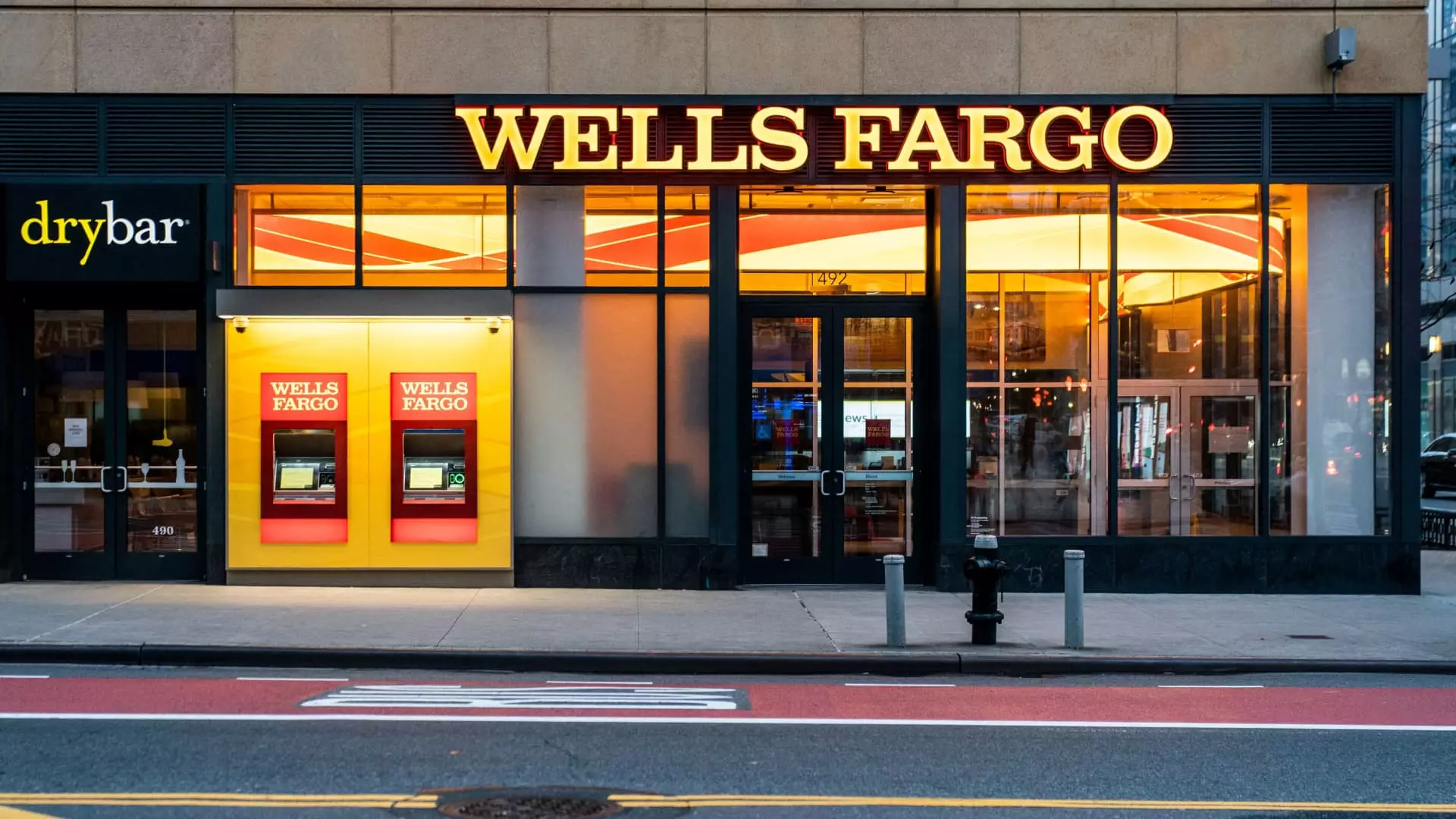Wells Fargo’s quarterly results for the first quarter have stirred significant concerns, as the banking giant reported figures that fell short of Wall Street’s expectations. The bank’s adjusted earnings per share came in at $1.33, surpassing the anticipated $1.24, which is a silver lining. However, the decline in revenue to $20.15 billion—down from the expected $20.75 billion—paints a troubling picture of the bank’s operational health. More distressing is the drop in net interest income, a crucial indicator of a bank’s core profitability, which fell by 6% year-over-year to $11.50 billion.
CEO’s Cautious Assessment
Charlie Scharf, Wells Fargo’s CEO, did not shy away from acknowledging the tempestuous economic landscape, exacerbated by the Trump administration’s unpredictable trade policies. His commentary reflects an unsettling sentiment, underscoring the vulnerability of major banks to shifts in global trade dynamics. Scharf’s recognition of the need for timely resolution in trade matters highlights a reality that few in the financial sector can afford to ignore: prolonged uncertainty can stifle growth and yield detrimental consequences for both businesses and consumers alike.
Amidst Gains, There Are Warning Signs
Though the bank experienced a 6% increase in net income, from $4.62 billion to $4.89 billion, the wider context raises flags. The decline in revenue from the previous year’s $20.86 billion reveals that the bank might be struggling to maintain momentum in an increasingly competitive financial services market. Non-interest income, despite a slight rise to $8.65 billion, does not compensate for the fundamental issues plaguing Wells Fargo, indicating reliance on fee-driven revenue rather than robust loan growth.
Stock Buybacks: A Double-Edged Sword
Wells Fargo’s decision to repurchase $3.5 billion worth of its own shares may draw mixed reactions from investors. While stock buybacks can demonstrate confidence in the firm’s future, they often serve as a short-term remedy for ailing share prices rather than a solution to underlying challenges. Buying back shares while net interest income slips reveals a strategic gamble that could backfire if the financial landscape continues to deteriorate.
Provisions for Future Losses
Setting aside $932 million as a provision for credit losses marks a pivotal moment that indicates a cautious approach moving forward. While it’s prudent for financial institutions to prepare for potential downturns by provisioning against losses, the decision also serves as a reminder of potential risks lurking beneath the surface. With the allowance for credit losses undergoing a decrease, it seems that Wells Fargo is walking a tightrope, attempting to balance optimism with realism.
Looking Ahead: A Cloudy Outlook
As we venture into 2025, Wells Fargo finds itself precariously positioned amidst uncertainty. The trajectory of economic conditions will heavily depend on the outcomes of current policy shifts. For center-right wing liberals like myself, the implications of these changes can’t be overstated. Fiscal prudence coupled with strategic reform is paramount; yet, the looming question remains: will Wells Fargo navigate these turbulent waters successfully, or will it succumb to the pressures of an evolving economic landscape? Only time will tell if this storied institution can regain its footing and once again thrive.

